The Aprilia RS 125 was produced with two different engines. The early models from 1993 to 1997 were equipped with a Rotax 123. The predecessor motorcycle, the AF1, was equipped with a slightly different Rotax 123 since 1988. With the MP model in 1997, the Rotax 123 was replaced by the Rotax 122, which was used from that time to the last of the 125 cm³ two-stroke bike series.
The technical specifications of the engines are identical, the gear ratios of all gears and many engine parameters are identical:
- Displacement: 124,82 cm³
- Bore Diameter : 54 mm
- Stroke: 54,5 mm
- Compression Ratio: 12,5 ± 0,5 :1
The ratio of the primary drive (sprocket on the crankshaft to the teeth on the clutch) on the Rotax 123 is 20/64, on the Rotax 122 it is 19/63, so a motorcycle with a Rotax 123 is 3.6% faster than one with a Rotax 122 when driving at the same rpm, gear and chain ratio.
Probably the biggest relevant difference is the ease of maintenance and availability of spare parts. Several parts are no longer available for the old engine.
Electronics and Ignition System
An essential difference between the two engines is the used ignition system, there is no compatibility between the engines. The only common feature is the relationship between engine speed and the frequency of the generated alternating current, which controls the electronic exhaust control.
Rotax 122
The Rotax 122 is equipped with a capacitor discharge ignition system made by the manufacturer “Nippondenso”.
The crankshaft position and speed are detected by a small induction sensor on the side of the pole wheel, which detects the three holes and the elevation on the side surface of the pole wheel. The ignition spark is generated by a ignition coil connected to the control unit, which is often refered as “the CDI”.
- Pole Wheel: Nippondenso 37000-3460 10SX
- Inductive Pickup: 10SX
- Generator: 10SX, three-phase alternating current
- Ignition Coil: Denso 129700
The company Nippondenso changed its name to Denso in 1996.
The newer models use the same electronics on the engine, but have a different Control Unit (EFI Technology).
Rotax 123
The engine uses an integrated magneto ignition of the manufacturer SEM from the Swedish town of Åmål (hence the inscription “Åmål SEM Sweden”).
The pole wheel with internal stator and the ignition unit with ignition coil form a unit that belongs together. There is no further ignition electronics outside of the engine. A working stator in good condition is already difficult to get as a spare part, should a defect occur.
- Pole Wheel: SEM Typ K 101 799
- Stator: SEM, Type WG, alternating current
- Ignition Coil: SEM TM14-04 101 888 00
There are several versions of this ignition, for example with and without ignition firing angle adjustment (not installed on the RS 125). The version without ignition advance has a black instead of blue ignition coil and a printed scale on the stator. For adjusting the ignition via the scale, the rotor has through-holes with a pointer, otherwise the holes are closed.
These different ignition systems have different ignition timings, the Rotax 123 has way more advance in idle speed until 4.000 1/min compared to the Rotax 122. Newer Versions of Rotax 122 ignitions do not have much differences to the timings shown here.
The slightly higher advance timing on highest rpm on Rotax 123 is the most significant difference and this can be the cause why the Rotax 123 has slightly more power than the Rotax 122 on paper.
Cylinder and crankcase
The positions of the two holes for fixing the cylinder to the engine housing below the exhaust are different between the cylinders of Rotax 122 and Rotax 123, the distance between the stud bolts / the distance between the holes is larger on Rotax 122 cylinders.
- Rotax 123: Stud spacing 82 mm
- Rotax 122: Stud spacing 96 mm
The cylinders can be fitted between the newer revision of the Rotax 123 and the Rotax 122 by milling or filing the bores to form oblong holes.
The Rotax 123 itself was available in several versions, which were slightly different in the housing design. There is the engine with and without additional support channel from the inlet to the crankshaft housing.
This support channel was introduced on the Rotax 123 and is therefore no difference between the two engines.
Different Cylinders
In addition to the hole distance on the mounting socket, the cylinders may also differ in the additional support channel on the underside of the intake manifold to the crankcase, which was only present on newer models of the Rotax 123 and is always present on the Rotax 122.
In short: there are three different cylinders on the RS 125:
- 223616 (220D) with Gilardoni label without support channel for Rotax 123
- 223616 (220D) with aprilia label and support channel for Rotax 123
- 223618 (220H) with aprilia label and support channel for Rotax 122
These cylinders differ in
- Design of the base mounting socket
- Position of the two bores on the mounting socket at the cylinder outlet side
- Additional support channel
- Valve timing of one transfer port
Other bikes (Cross machines, Sport Pro versions or the versions for Switzerland) have additional cylinders that are not listed here.
Old cylinders with Gilardoni label (Rotax 123 only)
On the older Rotax 123 engines which have the housing without the support channel, cylinders with the inscription “Gilardoni 1” or “Gilardoni 2” on the base and the number 223616 were installed. On some of them the identification 220D is also written. There is no difference between cylinders with Gilardoni 1 or Gilardoni 2 label.
These cylinders without aprilia label on the socket do not have the additional support channel. They should not be mounted on the Rotax 122 as there is not enough material to widen the mounting holes by milling.
Rotax 123: Cylinder with aprilia label
Cylinders with the number 223616 (220D) and an “aprilia” logo on the base do have the additional support channel for the new housing and are intended for the new engine housing. The cylinders can be changed with the old cylinders with Gilardoni logo on the base, but there is a risk of leak air through the small sealing surface.
The bases of the cylinders with aprilia lettering are wider and correspond to those of the Rotax 122, the holes are still suitable for the Rotax 123, the distance between the holes on the exhaust side is still 82 mm. The differences on the molds are clearly visible from the outside.
Rotax 122
On the Rotax 122 the cylinder with the number 223618 (220H) is installed. Again, there are inscriptions “Gilardoni 1” and “Gilardoni 2”, now on the side of the reed valve case, but the cylinders are identical. The cylinder is also available without the milled slot for the power valve.
The main difference to the cylinders of the Rotax 123: The middle transfer channel of the Rotax 122 has an offset of 1 mm upwards. The holes at the bottom on the exhaust side have a distance of 96 mm.
The bore for the RAVE2 was subsequently closed on the cylinders for the Rotax 123, whereas it was no longer present on the cylinders for the Rotax 122.
Newer cylinders of the Rotax 122 have M8 threaded holes for mounting the combustion chamber cover instead of the M7 stud bolts.
Clutch
The transmission ratio from the crankshaft to the clutch is different on both engines as mentioned at the beginning, so the sprockets and teeth are different. Also the clutch mounting on the gear shaft has a different diameter. On the Rotax 123 the clutch basket is bolted to the gearbox input shaft, on the Rotax 122 the clutch basket only rests on the gearbox input shaft and is therefore easier to disassemble (some parts can only be accessed by disassembling the clutch).
There are different clutch baskets on the Rotax 123 depending on the age, already on the newer version of the Rotax 123 the top clutch plate can be mounted offset.
The following parts of the clutch are identical on Rotax 123 and 122:
- Support plate (with the 6 rods that pulls the clutch together)
- Clutch springs
- Clutch plates and friction plates
- Pressure plate and backing pad guide
Carburetor
Even if this part does not belong directly to the engine, the Rotax 123 was mostly equipped with a 34 mm carburetor, the Dell Orto VHSB 34. The Rotax 122 was first equipped with the Dell Orto PHBH 28 or PHBL 24, later with a VHST 28 with TPS (Throttle Position Sensor).
The connections for the intake manifolds are identical on all cylinders on the engines, so they can be interchanged. The only thing to note is that there are different intake manifolds for the 34 mm and 28 mm carburetors.
RPM measurement
Rotax 122
The engine speed is measured electronically, the tachometer is connected to the cable to the ignition coil. Although the instrument unit looks identical on the outside when changing from Rotax 123 to 122, a different rev counter was used.
Newer bikes (from 2006) also record the speed digitally via a sensor on the rear brake.
Rotax 123
A tachometer shaft is driven by plastic gears, which also drive the oil pump, the tachometer is mechanical. If one is careless when removing the engine, the drive shaft for the tachometer shaft can break, because it is placed very unfavorably near the engine brackets. This shaft is no longer available as a spare part. On motorcycles with Rotax 123 there are only mechanical pointer instruments, but there are two different instrument assemblies on the first RS 125 bikes. Later versions with Rotax 123 already have a digital temperature display, the tachometer is still mechanical.
Frame Mount
While the distance between the front engine mount and the bushing of the swingarm axis remained identical, the mount below the swingarm axis shifted forward on the Rotax 122. This means that an engine replacement is not possible without additional work. While the Rotax 122 could still be fitted into the old frame without sawing and filing, the Rotax 123 does not fit into the new frame.
A conversion or exchange of the engine in the respective other frame is however completely senseless: Such a conversion must be registered and is enormously complex, besides there are just the suitable frames for the suitable engines. It is easier to build the fairing with all brackets from one model to the other and to leave the engines into the respective frames.
Kick Starter and Starter Motor
The electric motors of the starter motors as well as the starter freewheel are completely different and not compatible with each other. The kick start mechanisms of the engines are also different.
Wear on the starter ring gear of the Rotax 123
The starter disengaging mechanism of the Rotax 123 is not very tolerant of neglected maintenance. Particularly problematic and frequently made mistakes, which lead to serious difficulties here, are
- Low battery voltage
- Sluggish starter freewheel (dirty, incorrectly or not lubricated at all).
- Dirt from the outside (the cover of the pole wheel is not water and dust proof) or from the inside (abrasion not removed)
- Assembly mistakes on the pole wheel
- Taper connection not cleaned before assembly
- Cold welding due to incorrect installation
- Wedge spring worn and still mounted
- Wedge spring inserted incorrectly and mounted with brutal force
All these points lead to the fact that the starter freewheel does not mesh sufficiently with the sprocket of the pole wheel when starting. This leads to destruction of the sprocket on the pole wheel and the starter.
This is problematic, as the polewheel as a new part currently has a price in the range of a used machine and many used parts are already in a bad condition. This issue rarely occurs with the Rotax 122 and is generally easier to handle, since it is easier to get spare parts on the Rotax 122 and a kickstarter conversion is much easier.
Kick starter modification
For a conversion to a kickstarter on the Rotax 122, readily available spare parts (new or used) of the Cross machines sold with kickstarter can be used. Here only the clutch cover has to be replaced and the mechanics retrofitted. The shaft has to be lengthened for installation in the RS-125 frame, which should not be a problem for ambitious mechanics.
With the old Rotax 123 there is simply no such availability of spare parts. The spare parts are almost not available on the used market. The kick starter shaft of the 123 engine is mounted as a hollow shaft on the shift linkage. However, experience shows that such a project fails because it is almost impossible to get the required parts.
Identical Parts
The two engines do not differ in the following parts or assemblies, these are identical in Rotax 122 and Rotax 123:
- Some parts of water pump: impeller, cooling water hose connection and shaft sealing rings
- Reed Valves
- Balance shaft, balance shaft gears and bearings
- Cylinder head cover and thermostat assembly
- Cylinder reed valve box
- Power Valve System: Early models of the Rotax 123 on the AF1 have a different exhaust valve, on the RS 125 all parts of the exhaust control (valve, housing, small parts, solenoid and so on) are identical.
- Motor bearings and shaft sealing rings (except for the sealing ring on the shift linkage)


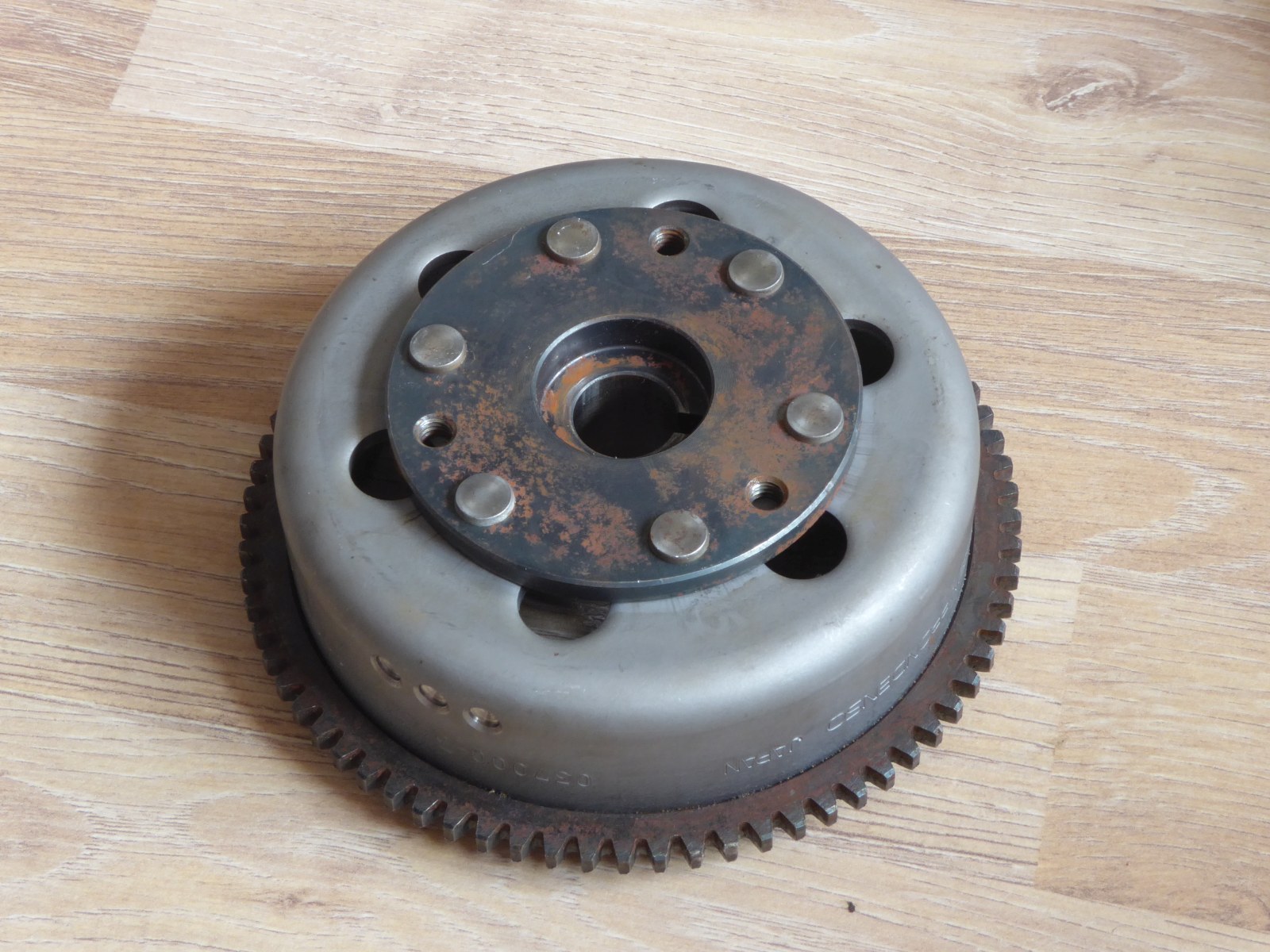

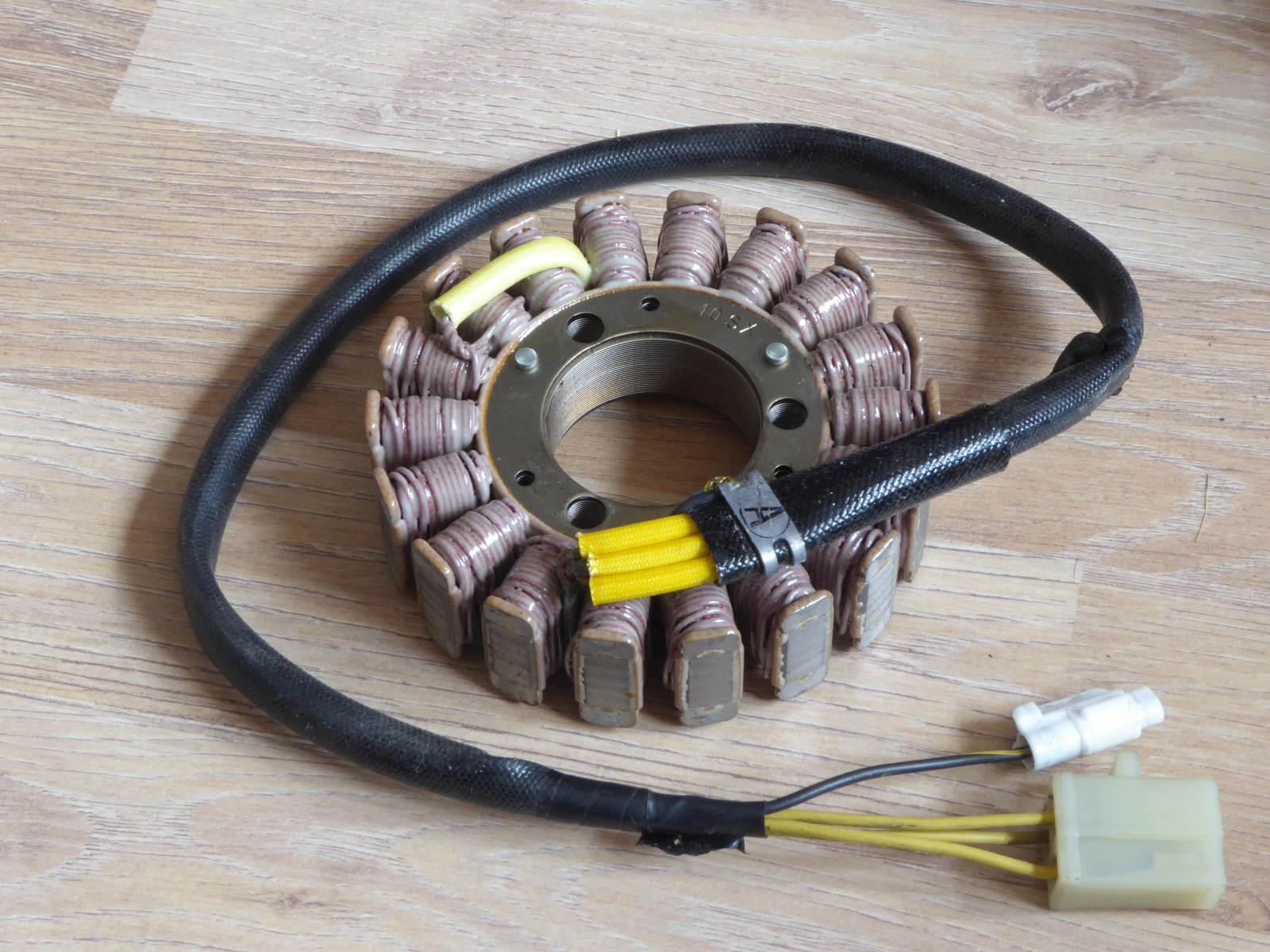


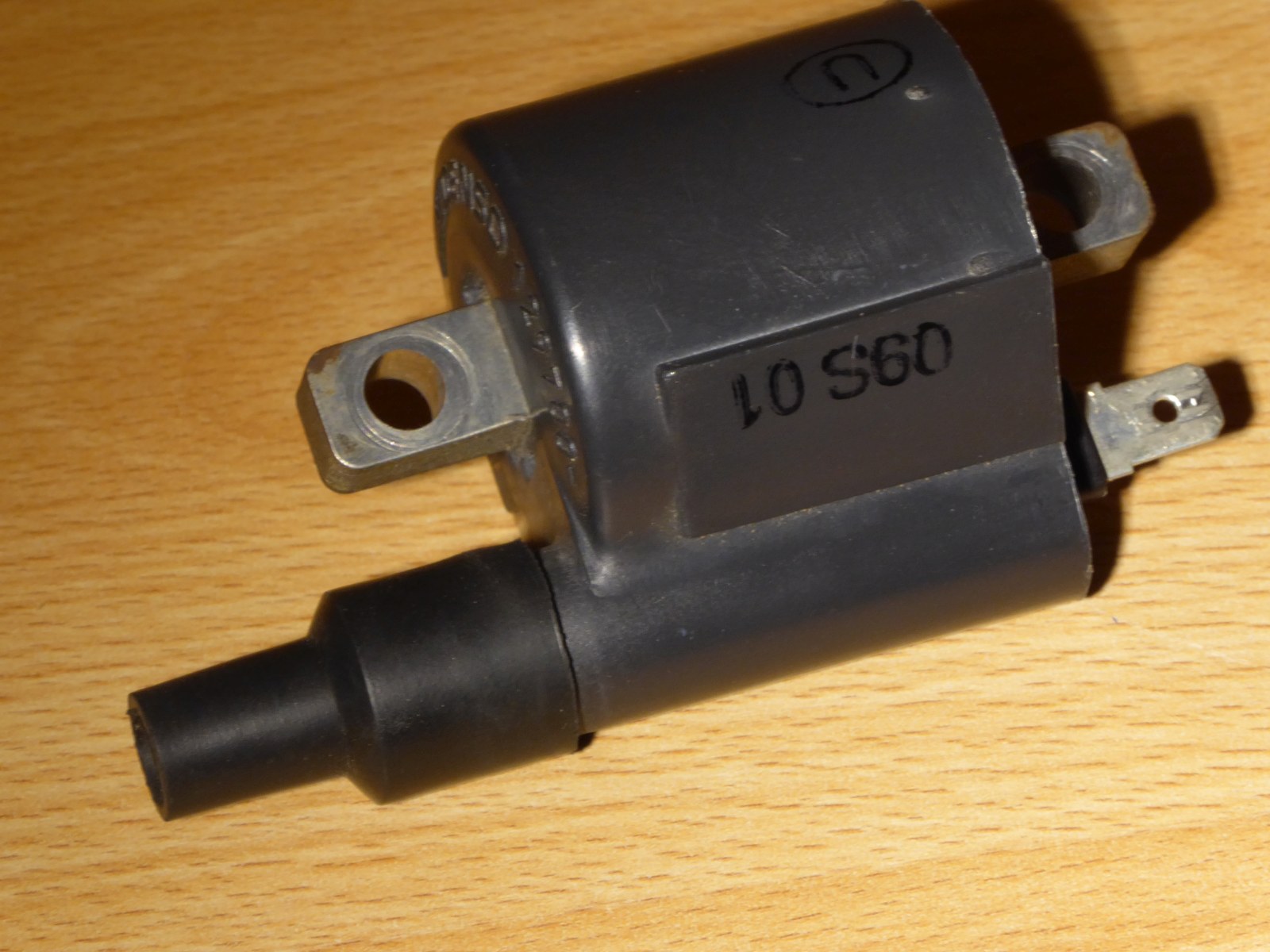
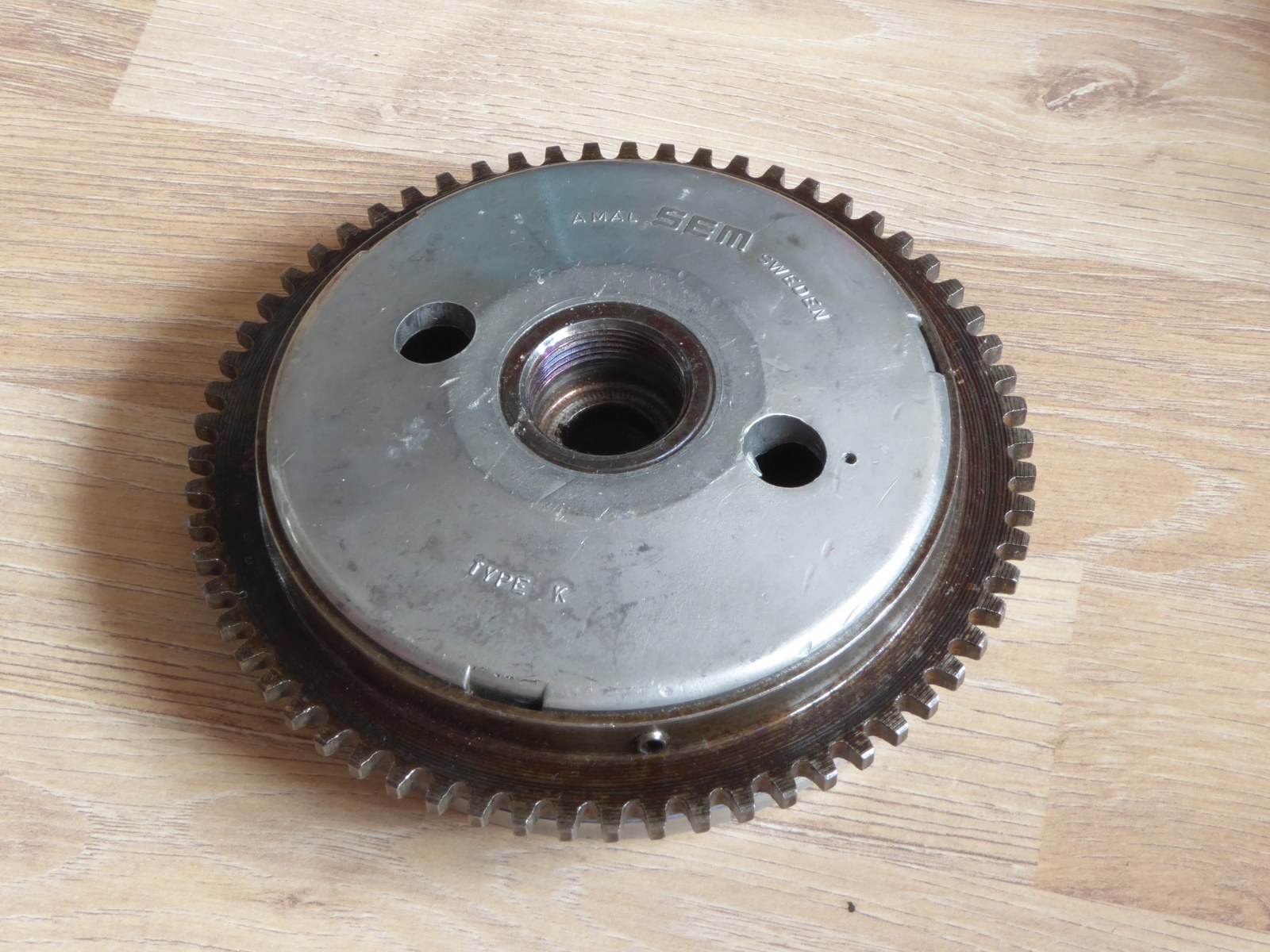



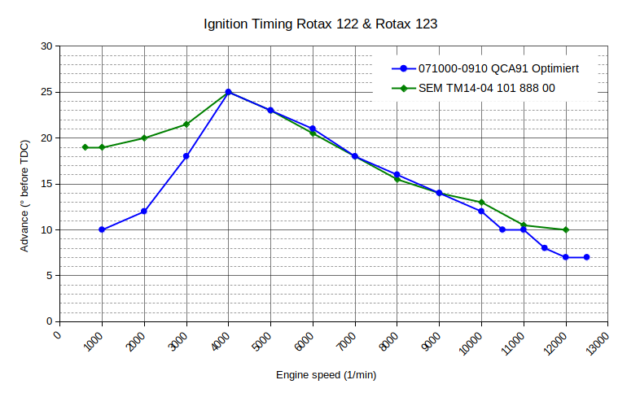

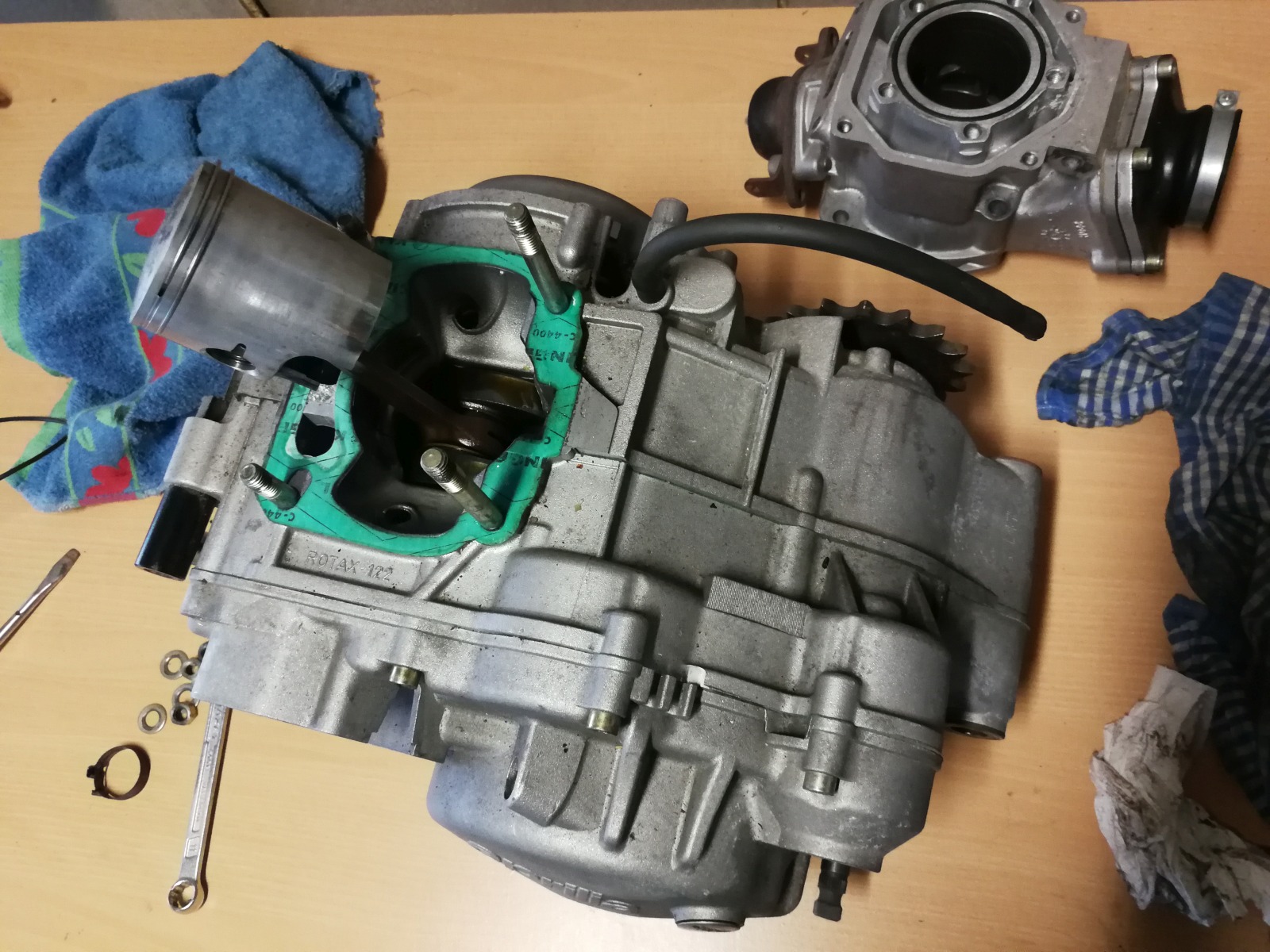

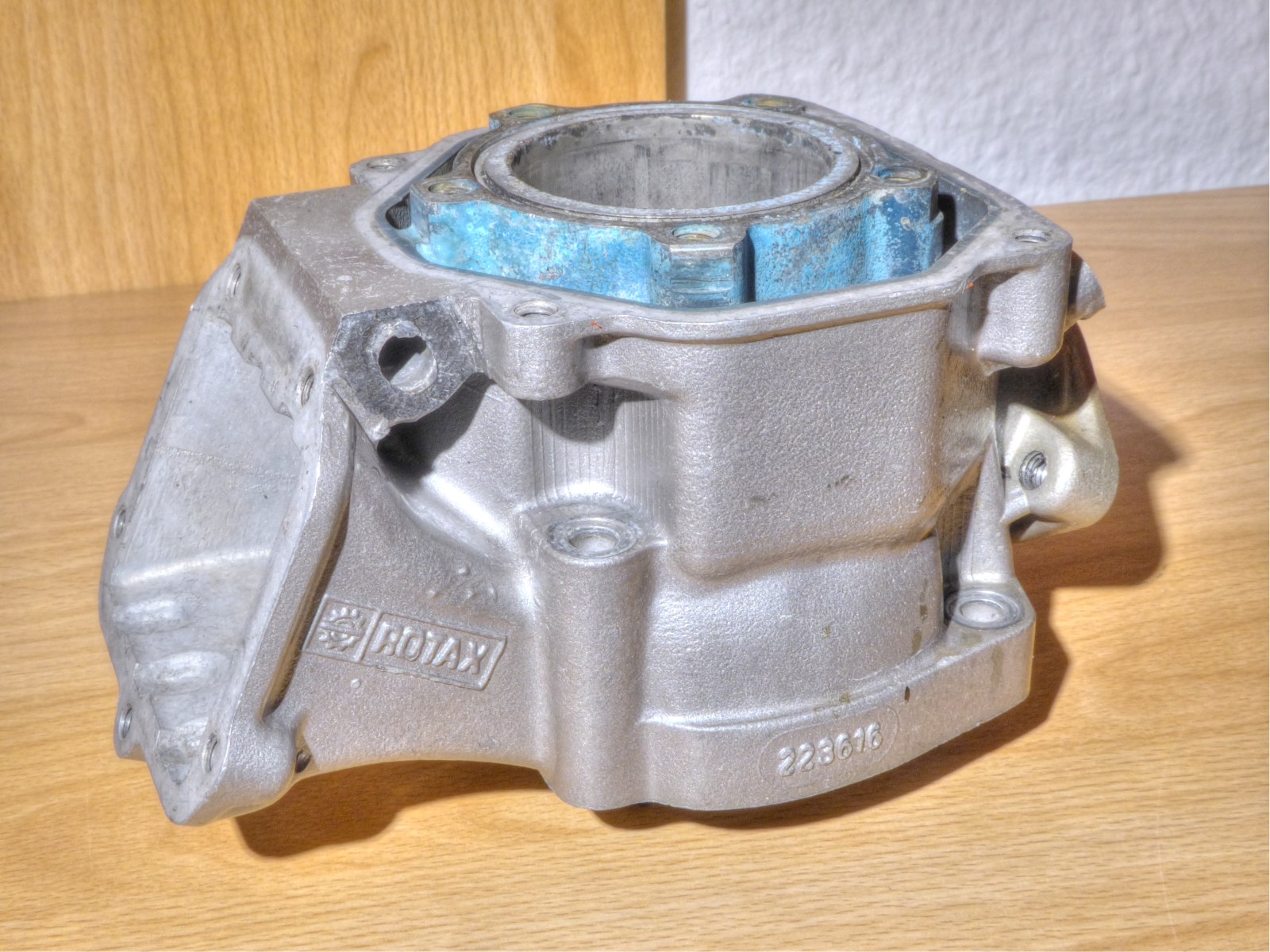

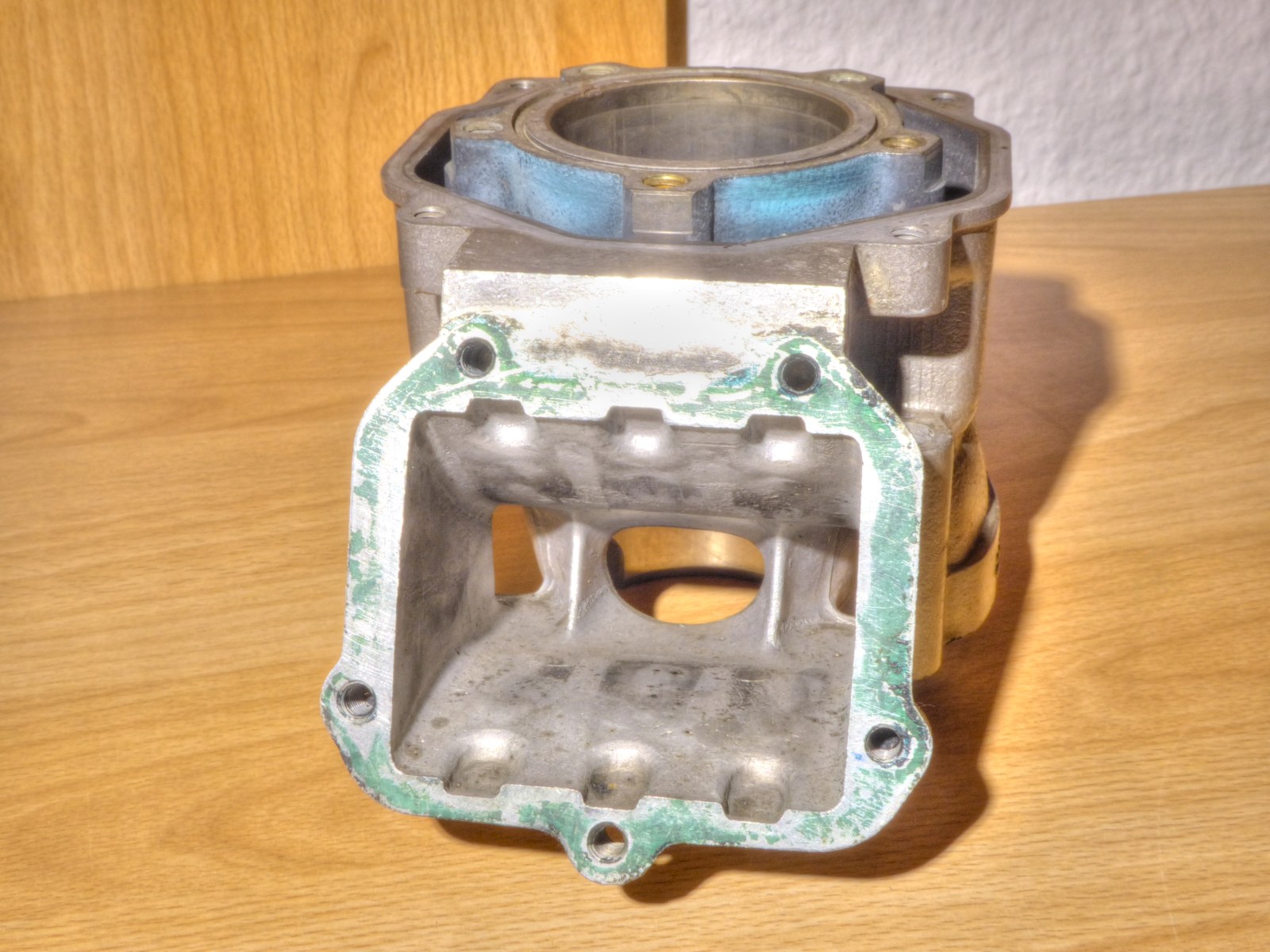
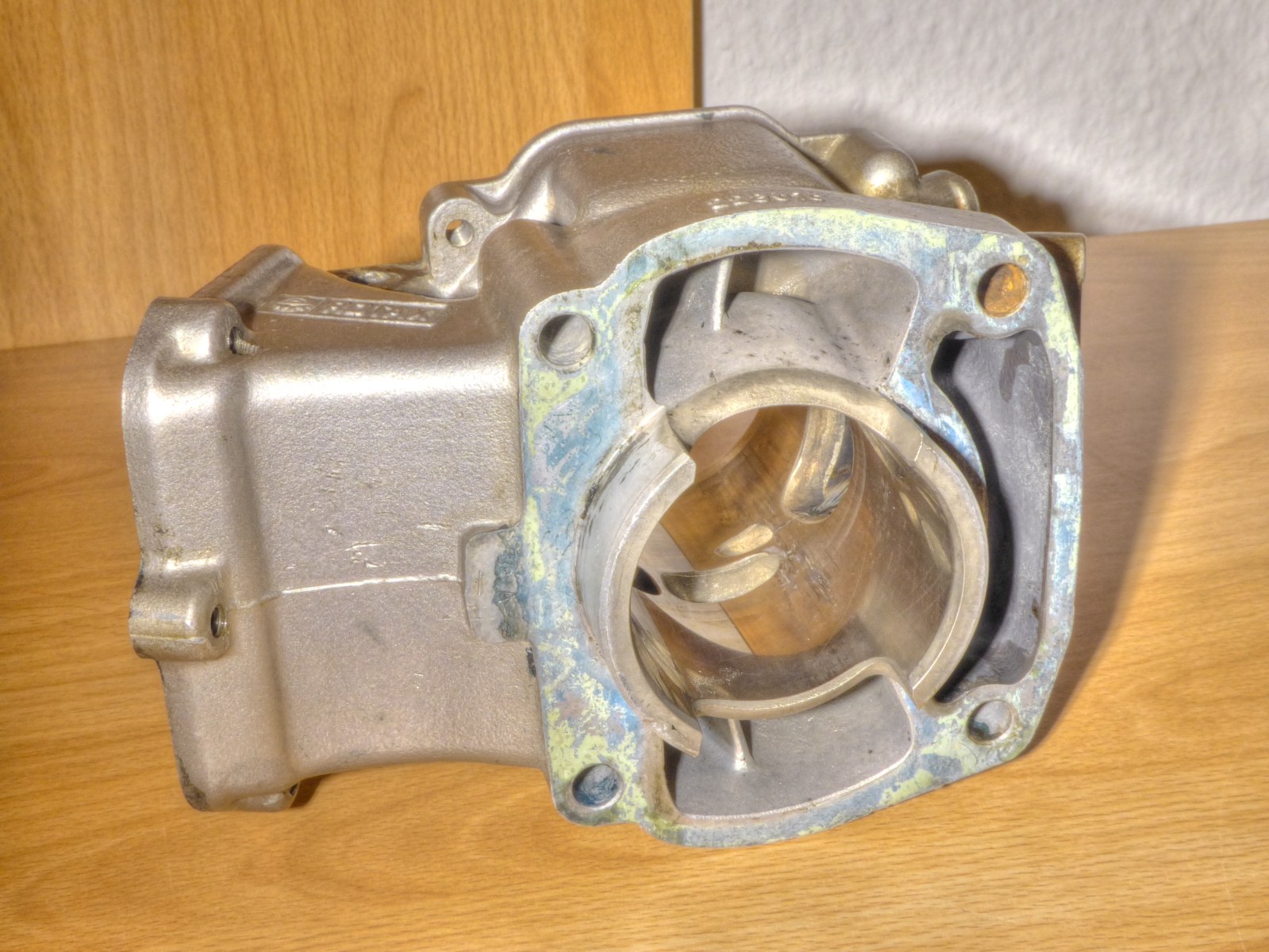
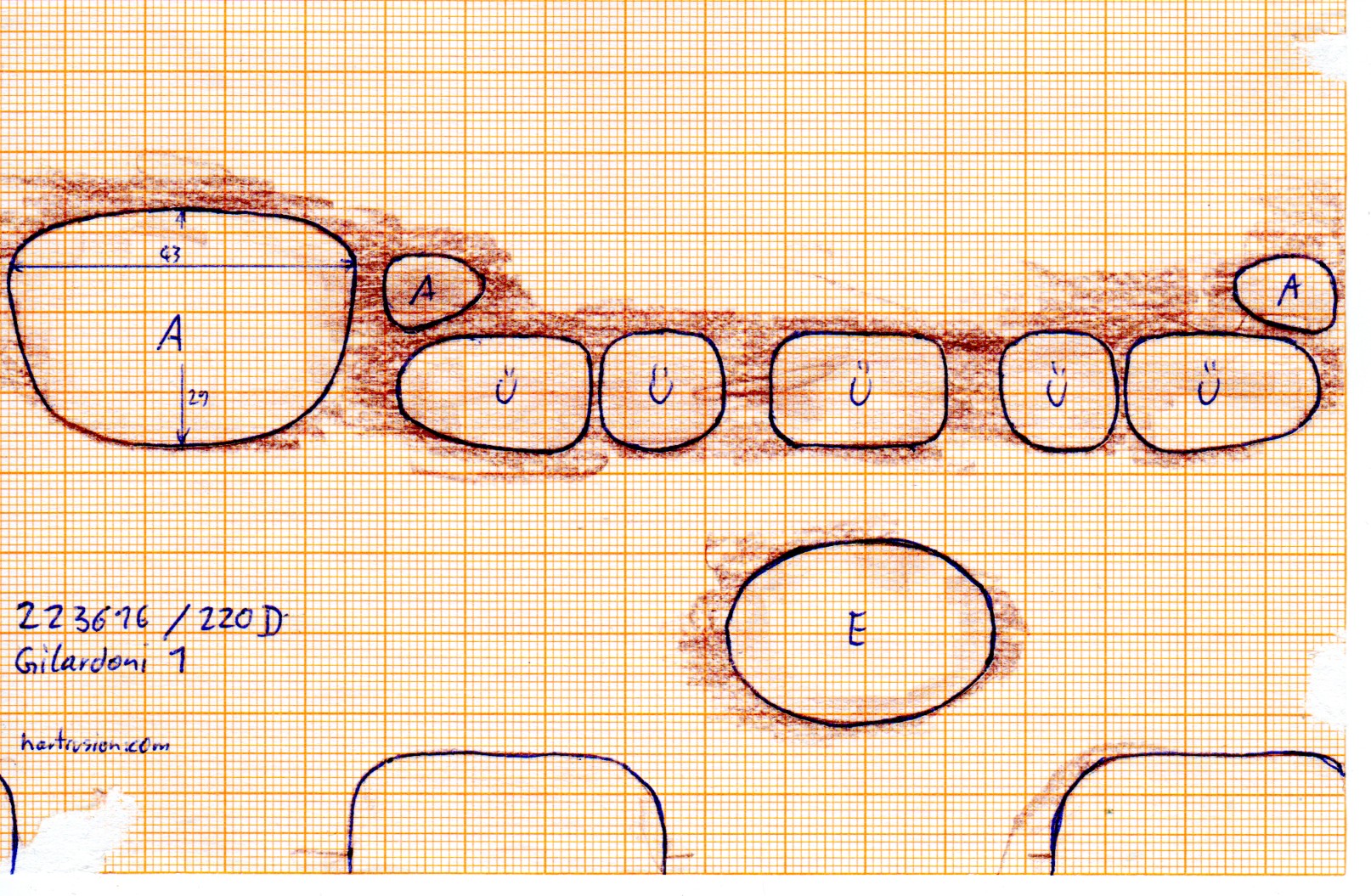
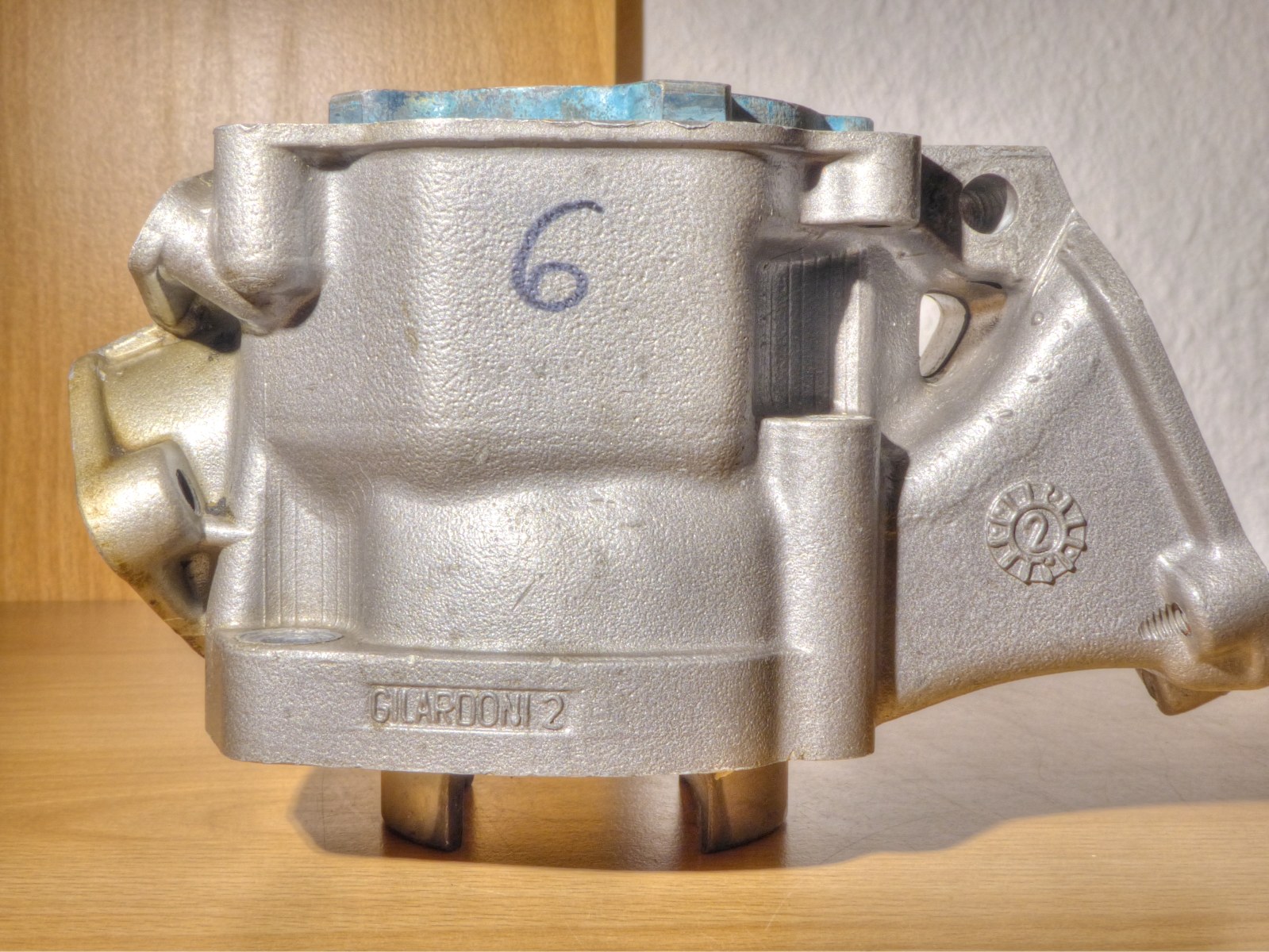



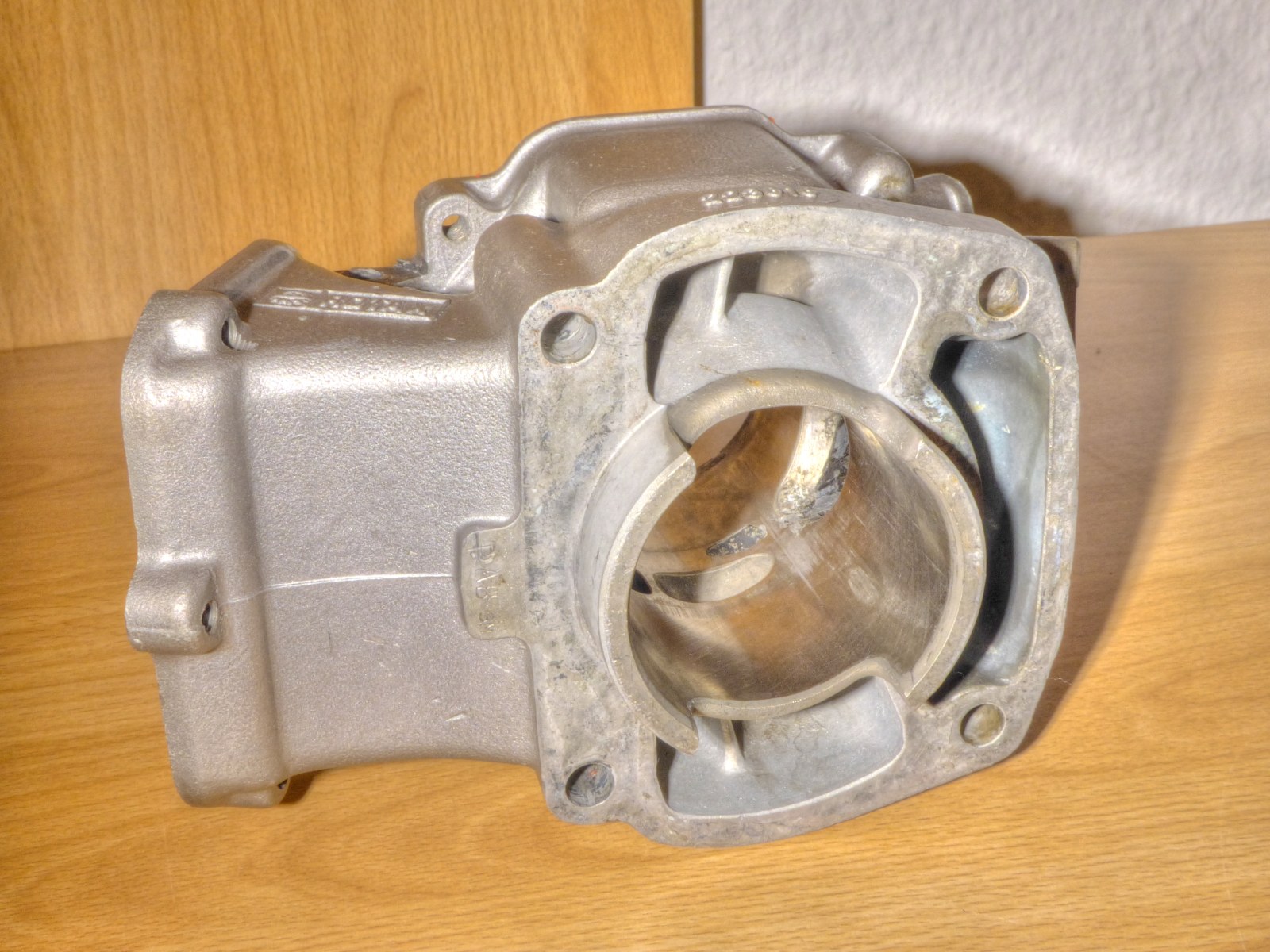

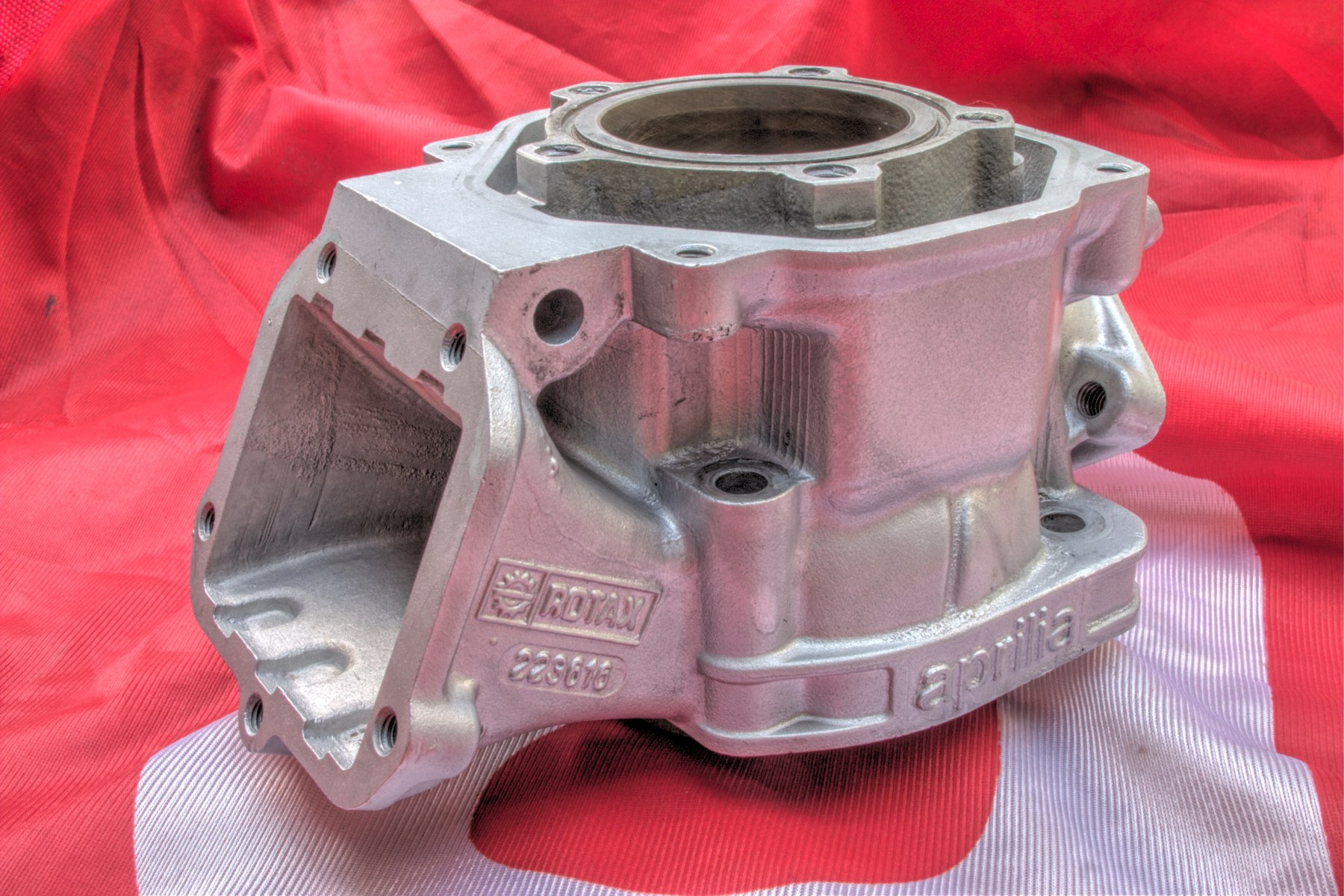
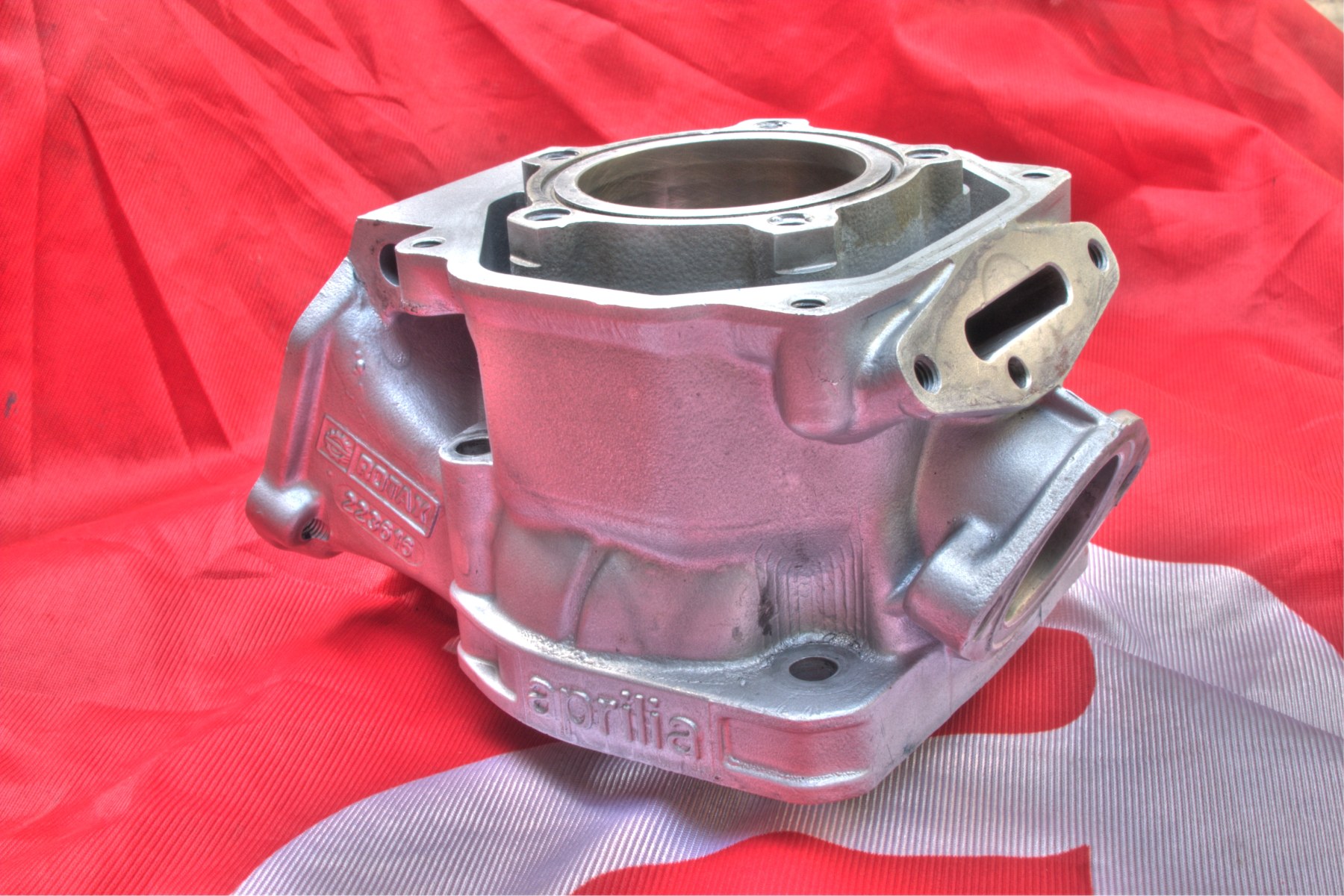



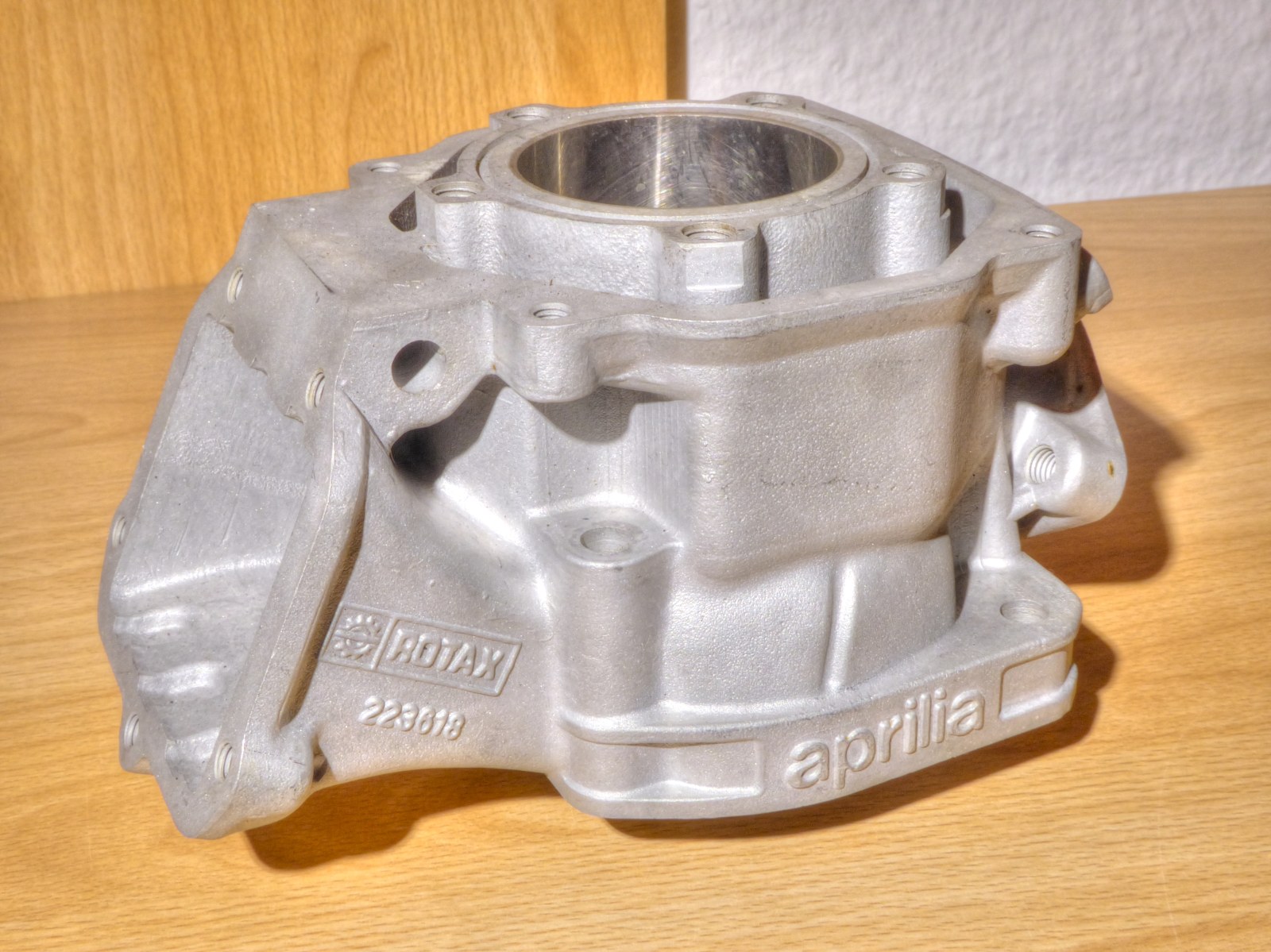
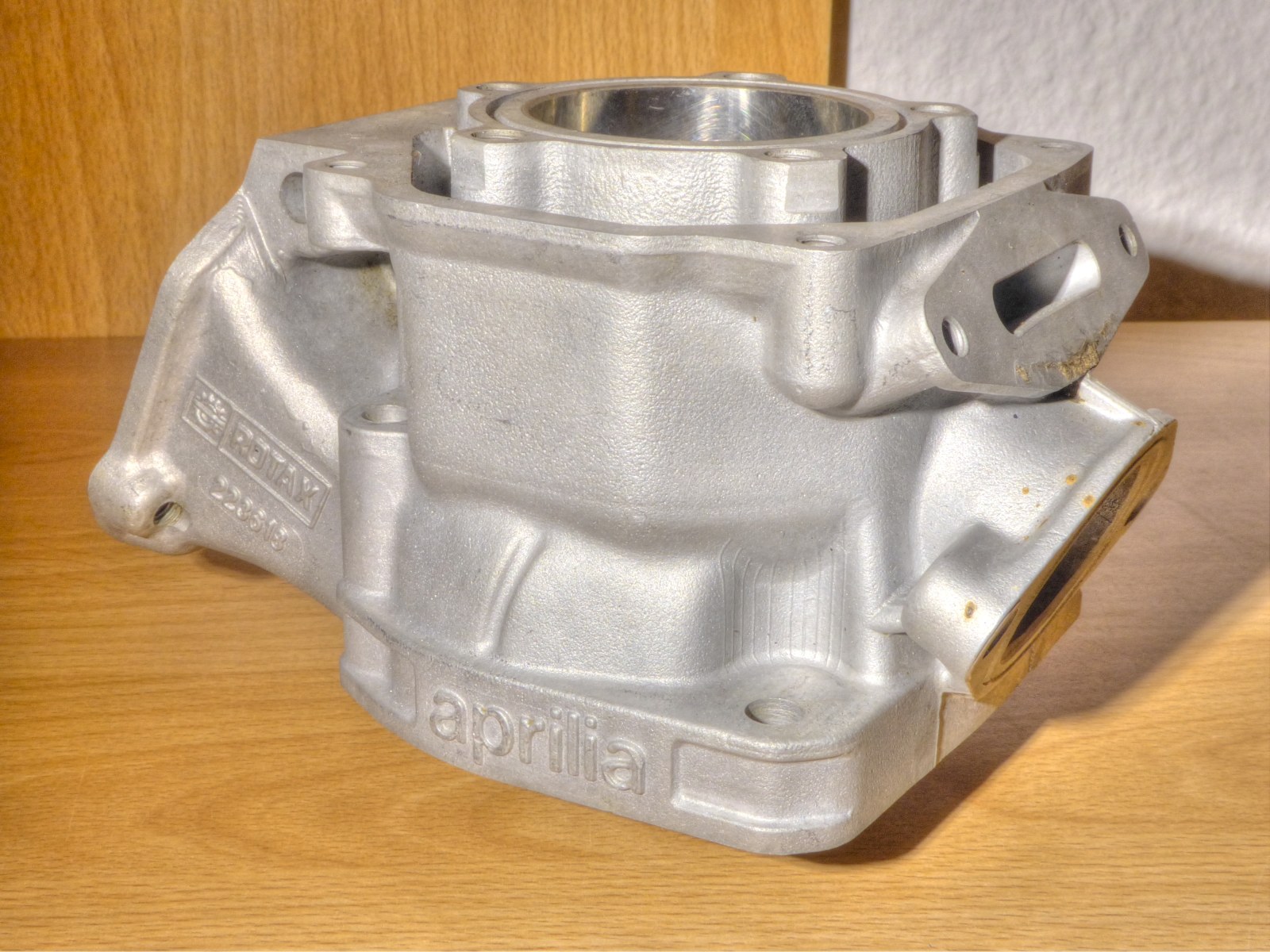

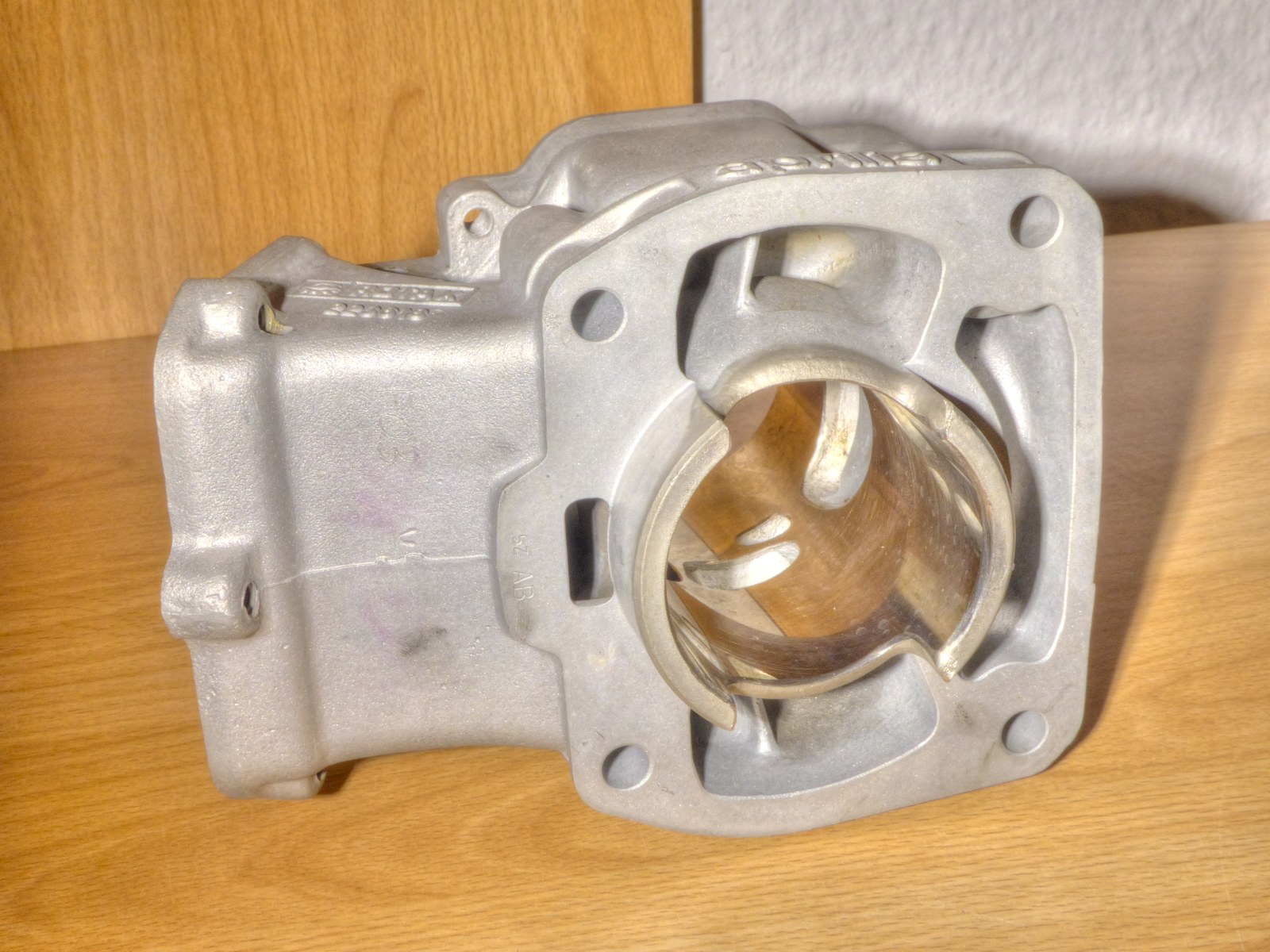
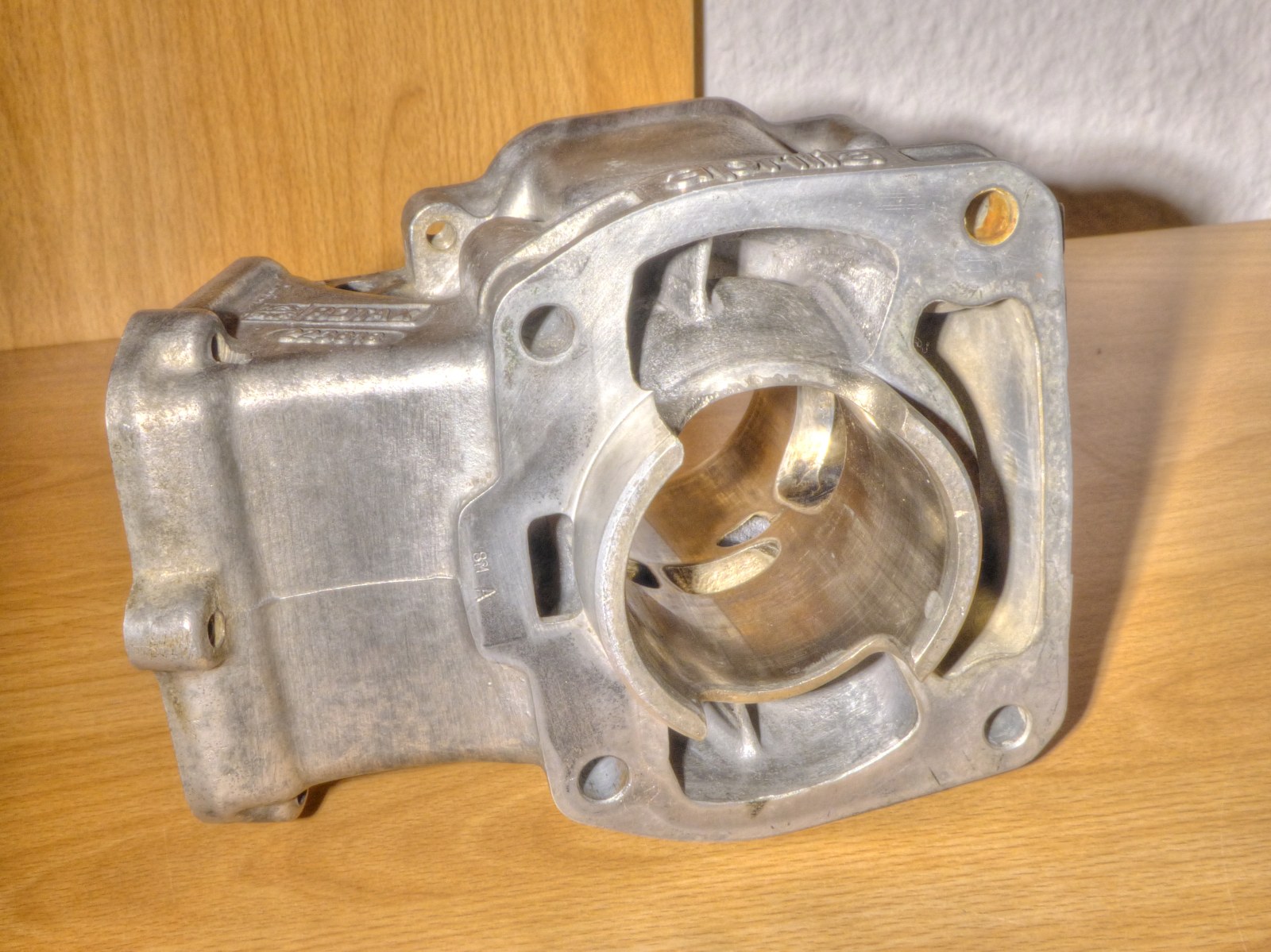
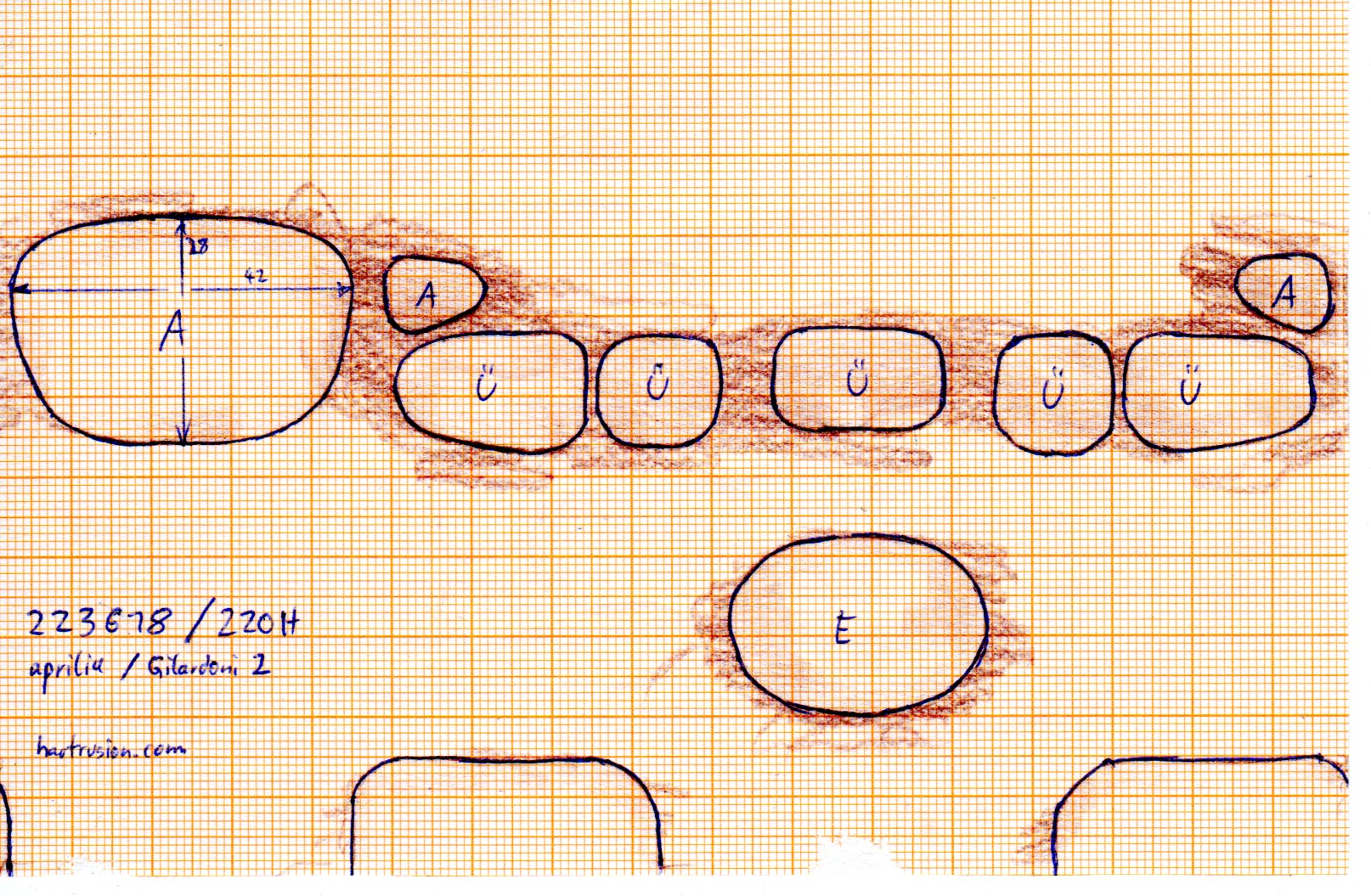
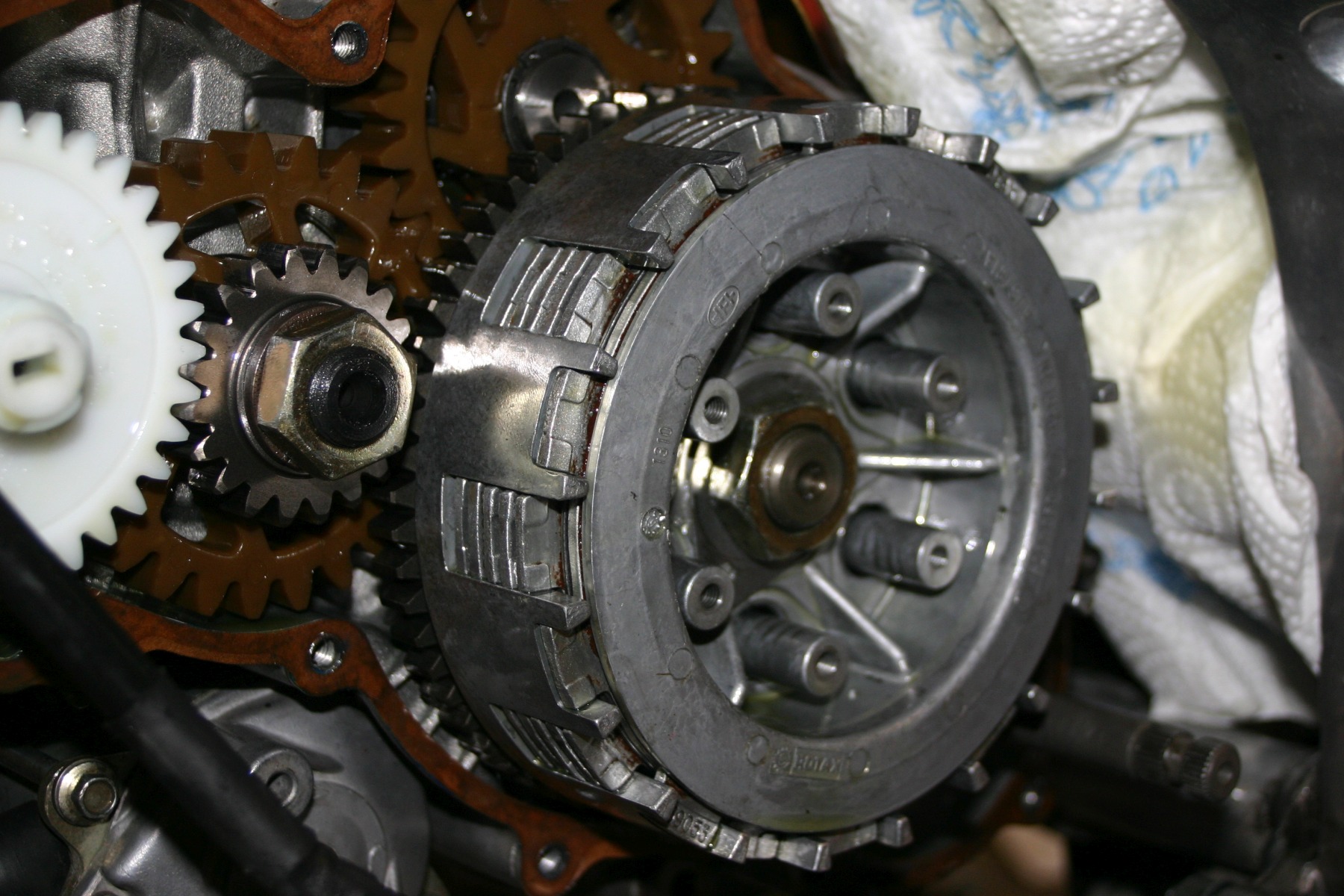
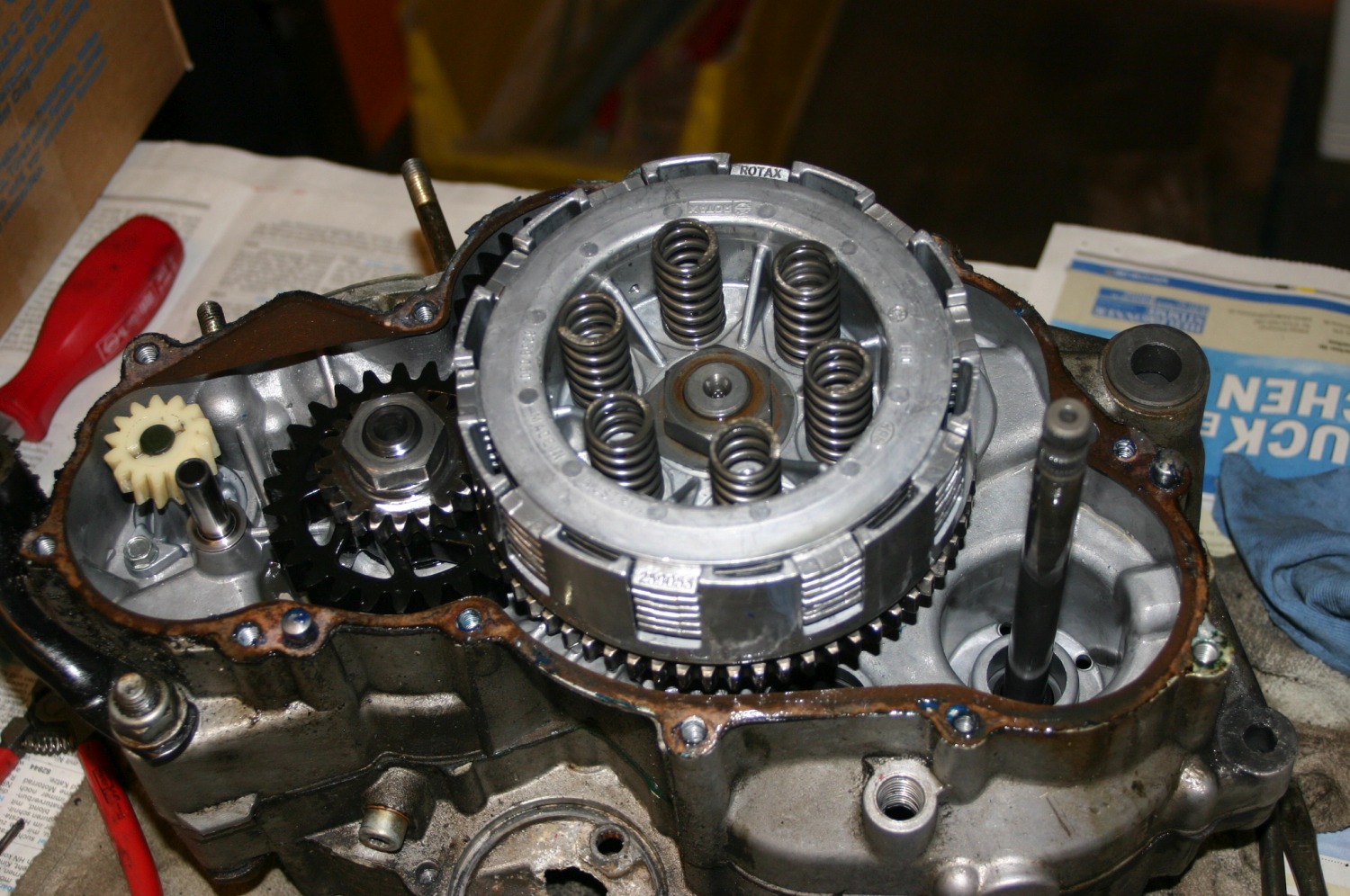

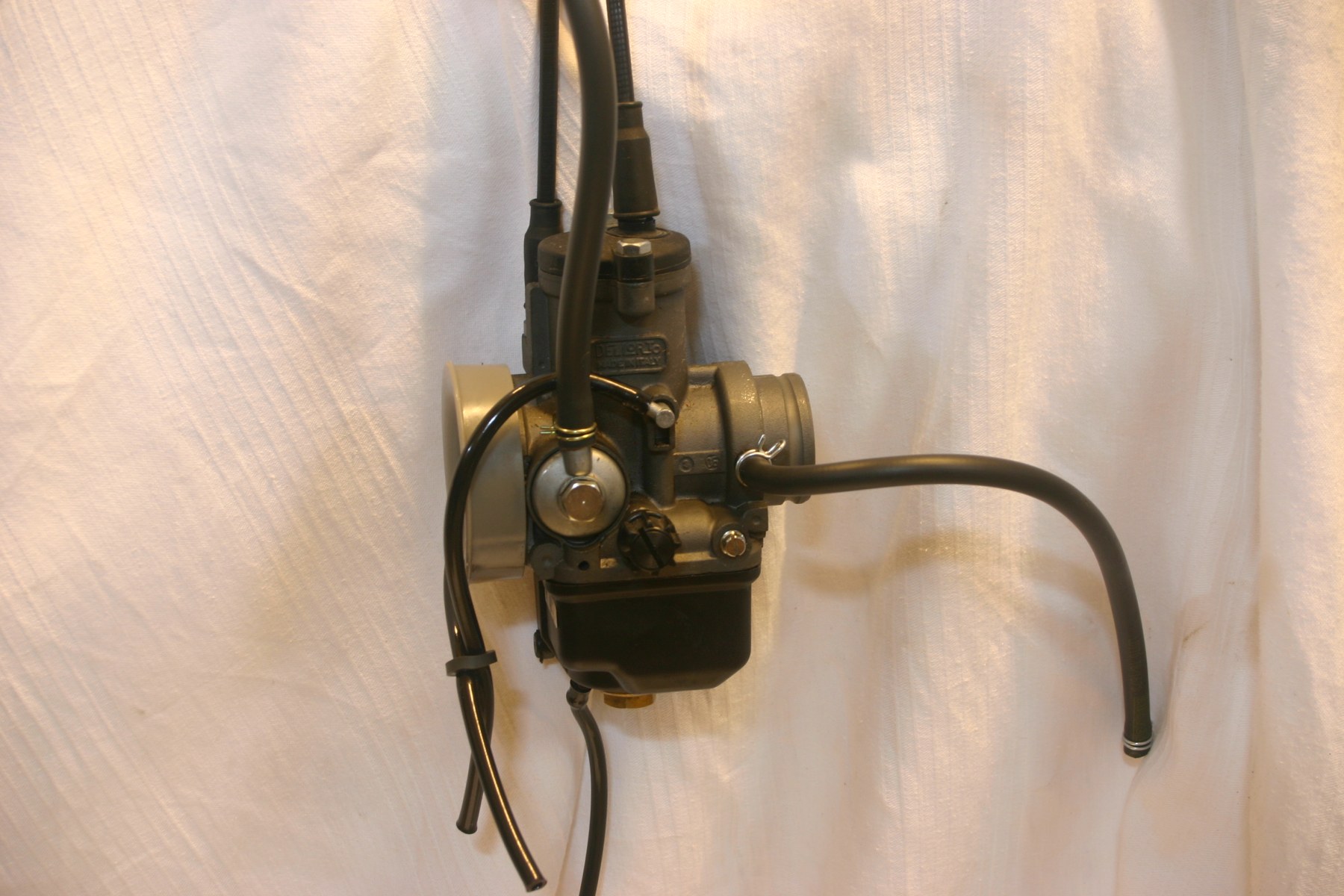
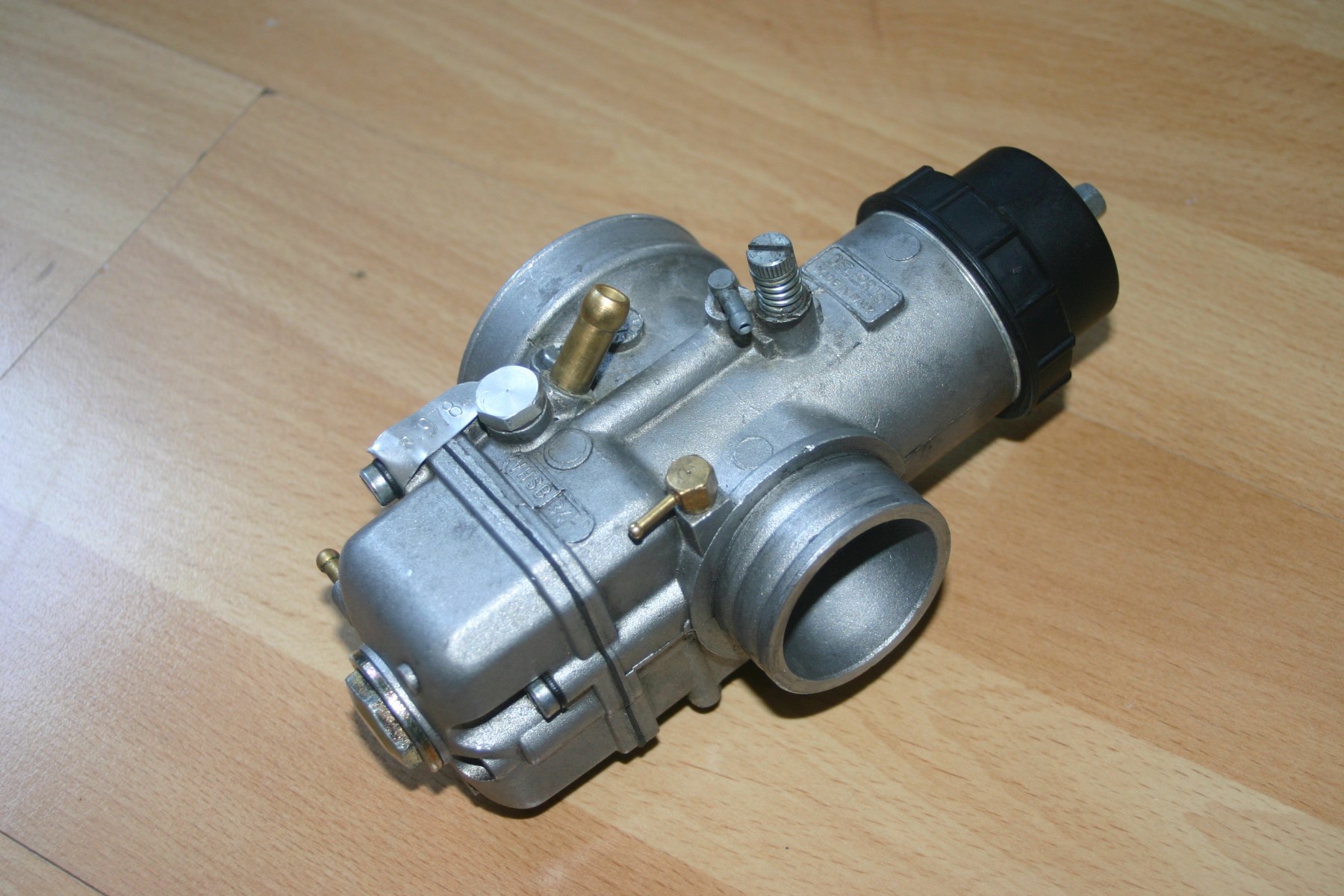
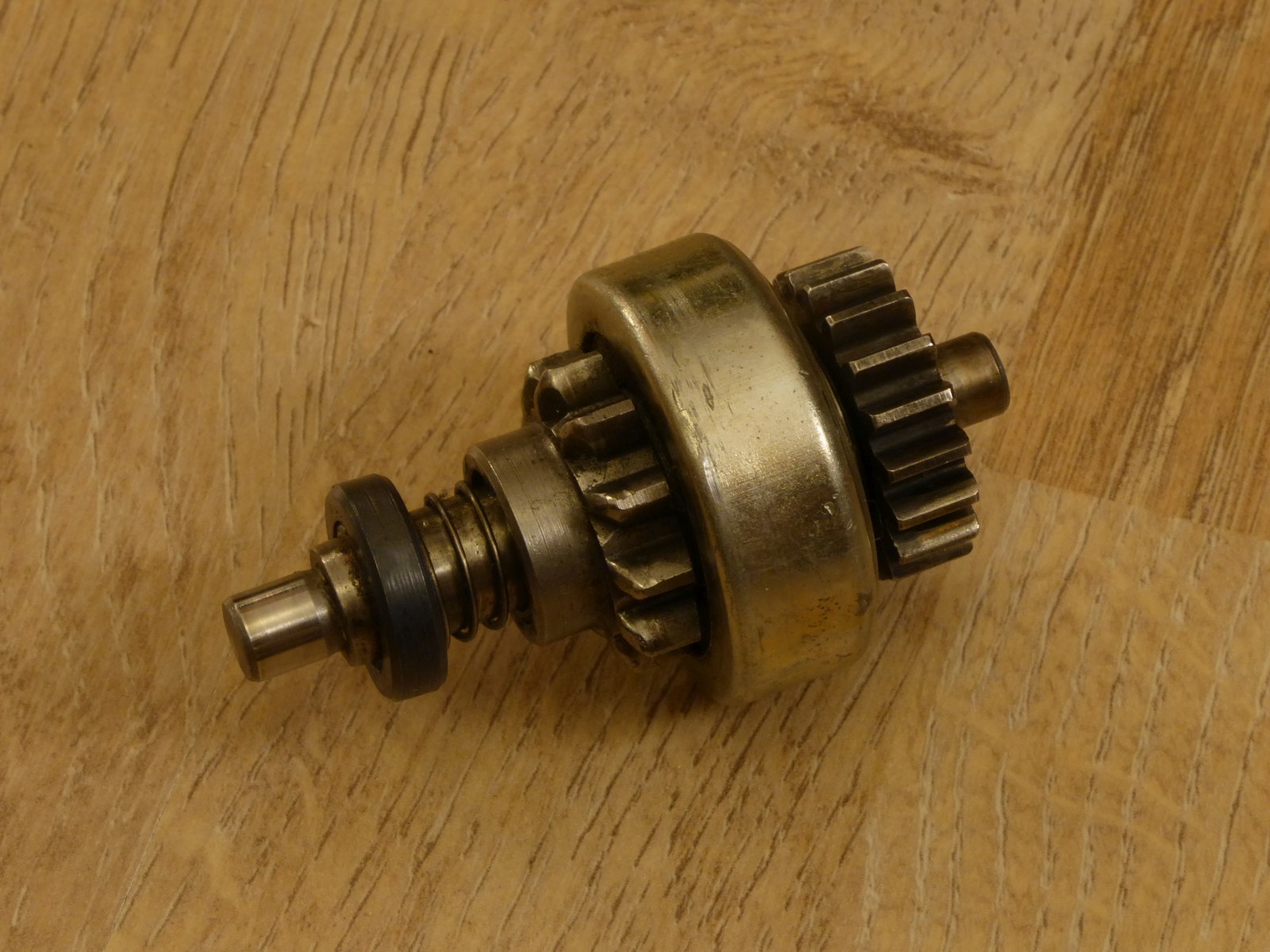


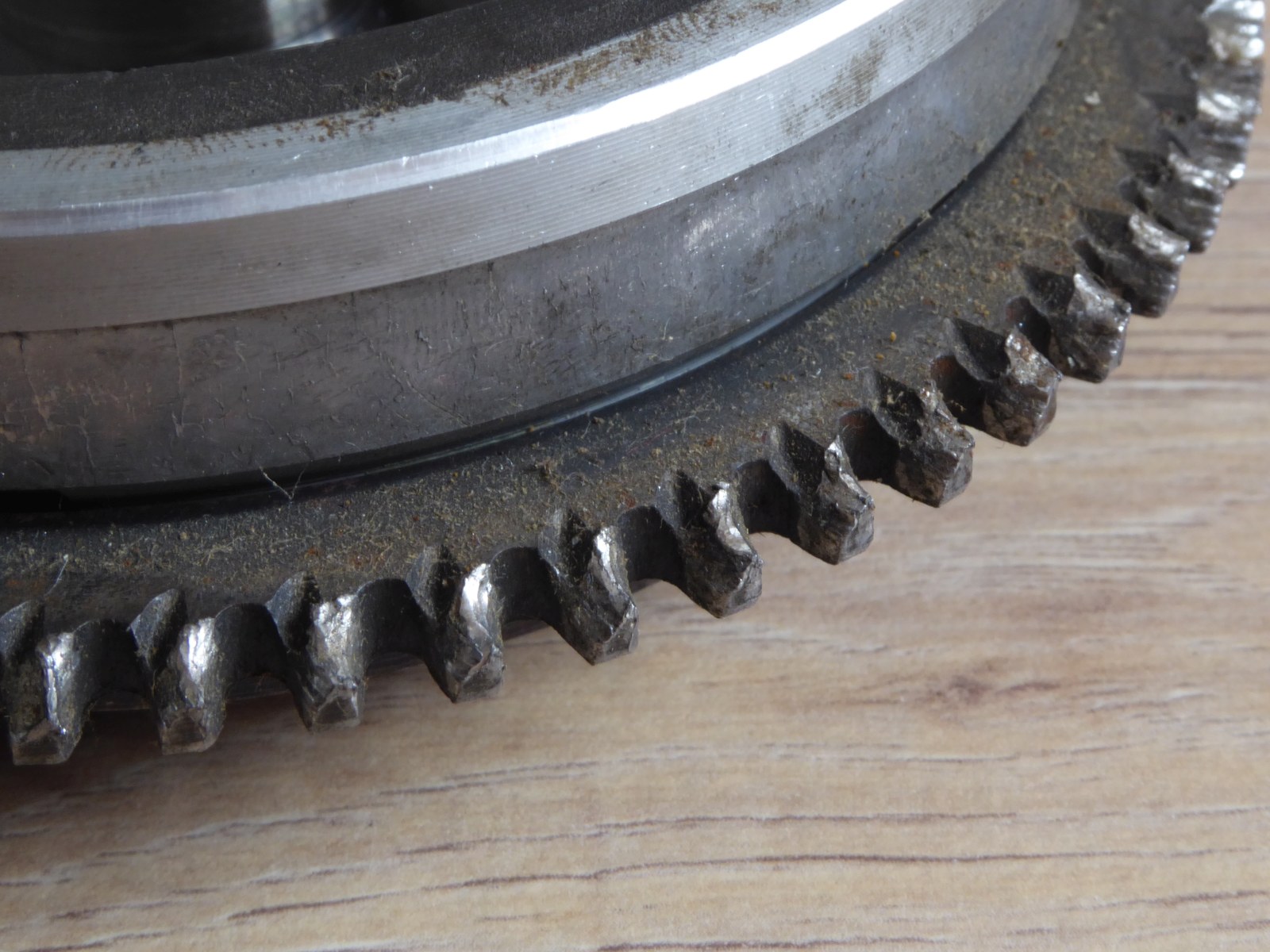
Hi ,I’ve managed to get hold of a fairly good condition rotax 122 engine for my rs 125 project, the bike is on a R reg so will it be OK to put straight in this bike ,it originally had the 123 engine which is in bits ,and also has the larger carb ,I’m hoping I can use this on the 122 and plug and play essentially?? Any response is appreciated thanks
can i put rotax 123 if i had rotax 122
Hello wath is the exhaust timing deegres a d admision deegres thanks
what is the purpose of the support channel between the older 123 and the newer 123 engines? and can a new 123 barrel be fitted to the older 123 bottom end? the reason I ask is iv bought an older 123 bottom end as mine was unrepairable and I didn’t notice the support channel before i paid for it. so my bike had the newer bottom end with support channel.
Hi, I actually had the first issue on my first bike, I replaced the whole engine. I had 25.7 kW on dyno run with arrow exhaust so I would say there is not much power loss using the newer cylinder on the old engine. It is possible to mount the cylinder without issues.